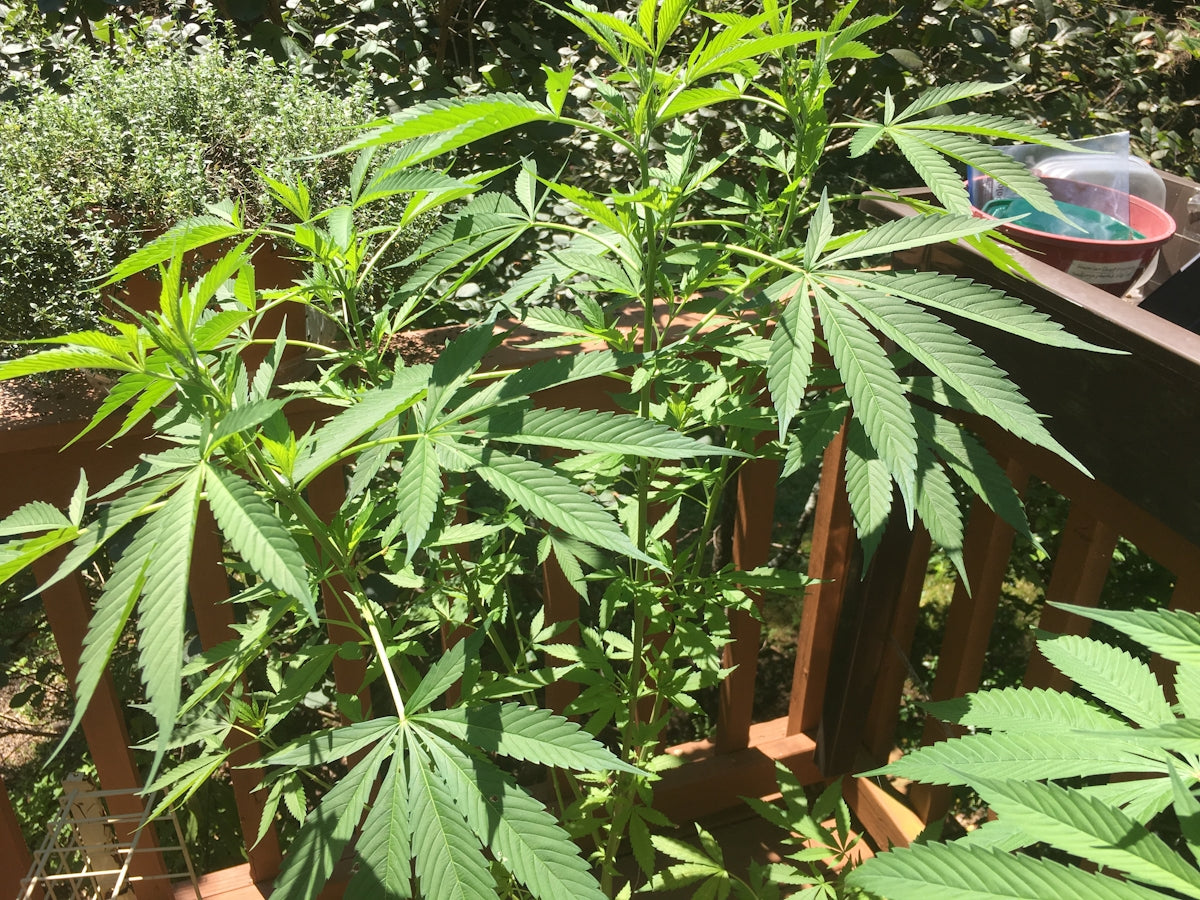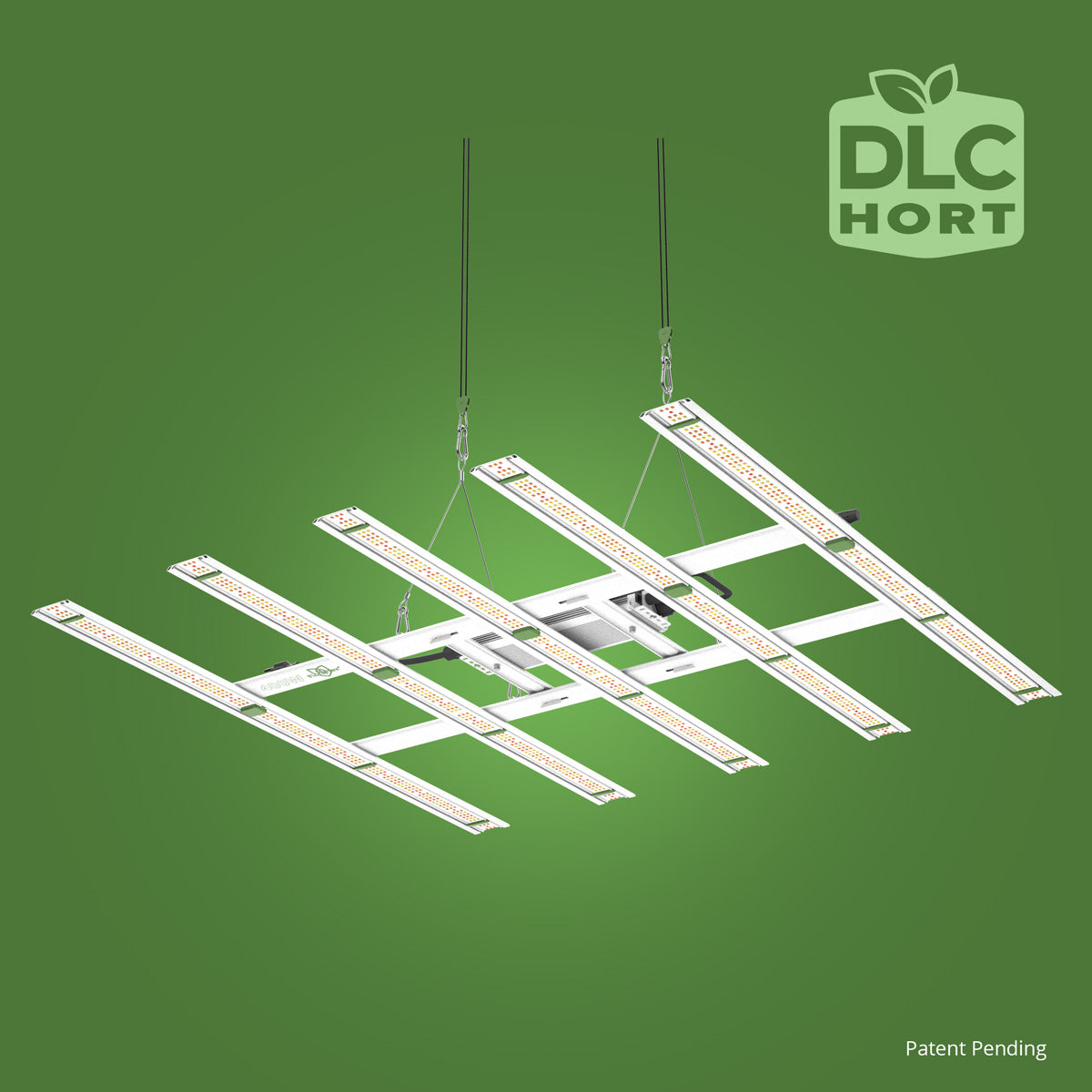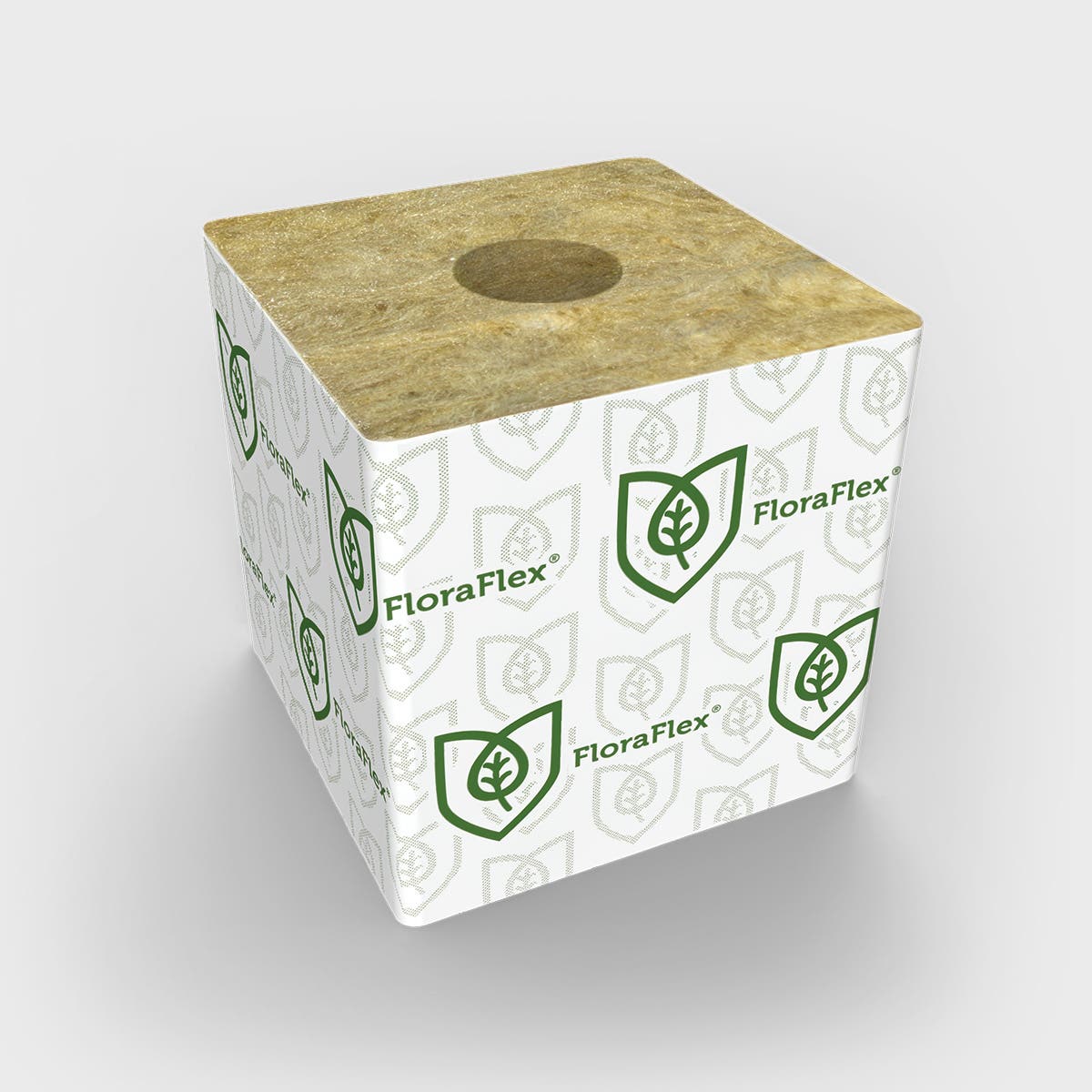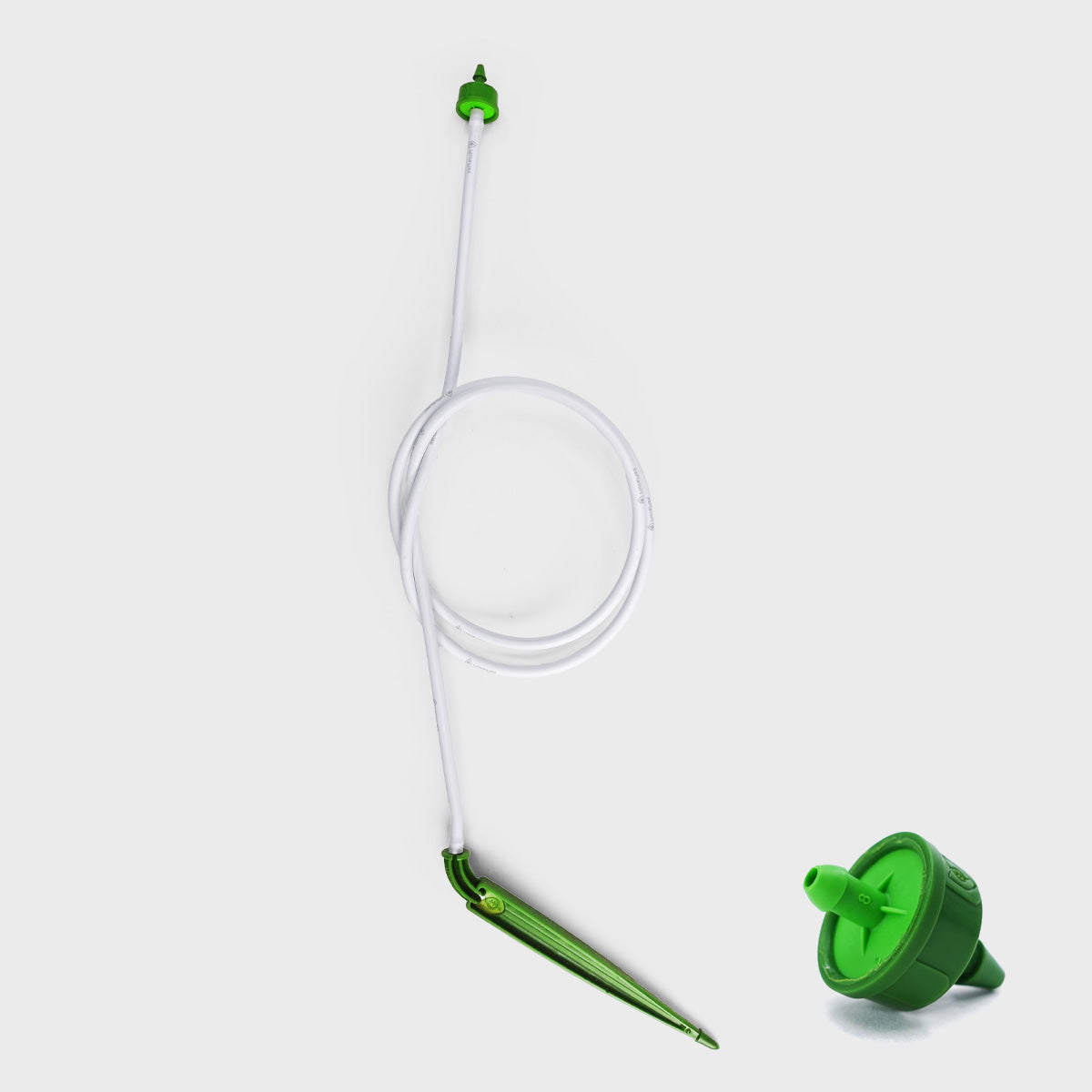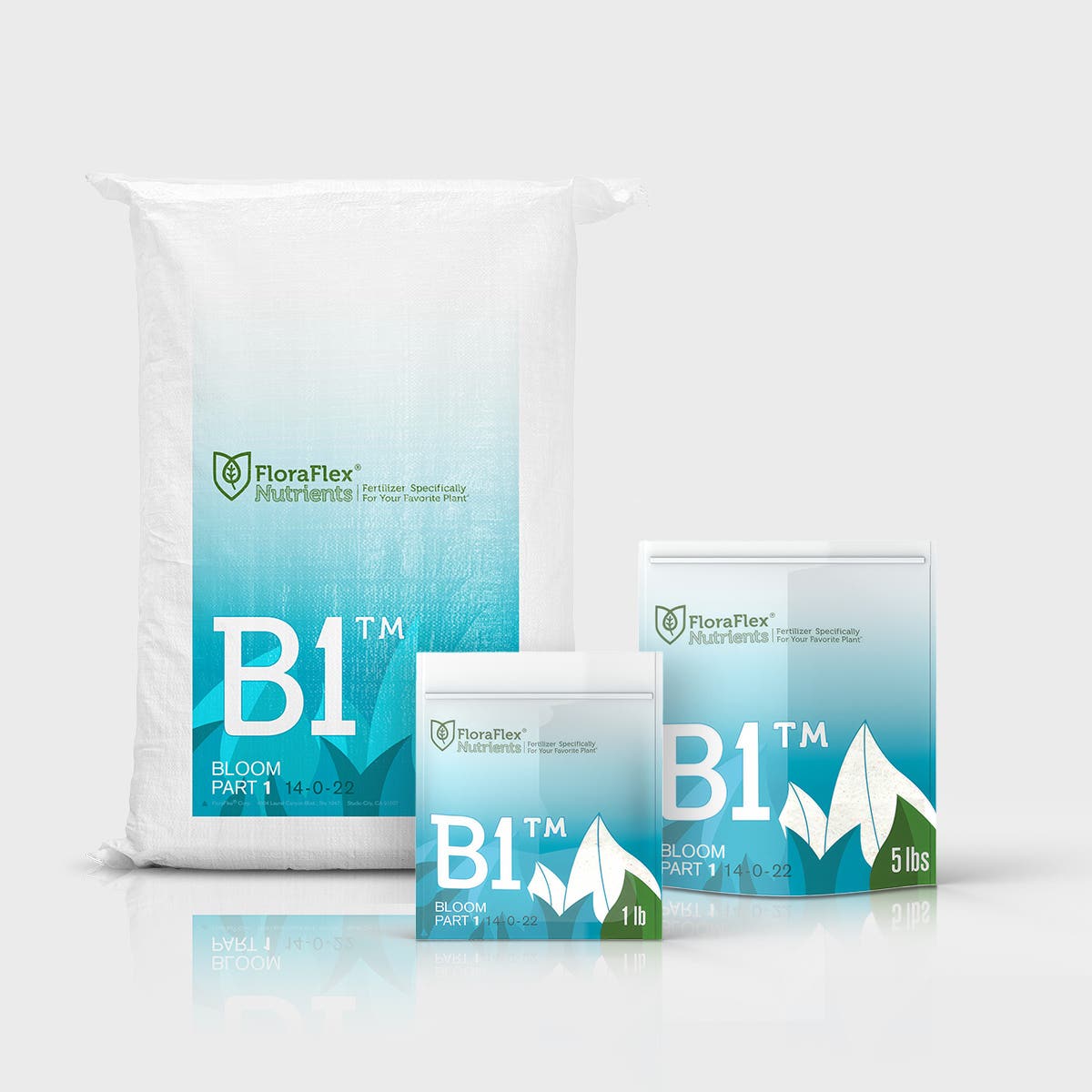Growing cannabis is an art as much as it is a science. One of the most crucial components of successful cannabis cultivation is establishing a proper watering schedule. This guide will help you understand the fundamentals of plant hydration, including when and how to water your cannabis plants for optimal growth and yield.
Growing healthy cannabis requires more than just sporadic watering. In this comprehensive guide, we will delve into creating an effective watering schedule that fits perfectly with your lifestyle and growing conditions.
Understanding the Water Needs of Cannabis Plants
Cannabis plants, like all plants, thrive on a delicate balance of essential elements: light, air, nutrients, and water. Among these, water plays a critical role in photosynthesis, nutrient transport, and nutrient uptake. Getting your watering schedule right can make the difference between a flourishing garden and a failed crop.
Factors Affecting Watering Needs
There are several factors that determine how much water your cannabis plants might need:
- Stage of Growth: Seedlings require less water compared to plants in the vegetative or flowering stages.
- Medium: The type of growing medium (soil, peat, coco, or rockwool) affects water retention and frequency of watering.
- Size of Plant and Container: Larger plants and containers will require more water.
- Environment: Temperature, humidity, and light intensity can greatly influence transpiration rates and water needs.
Creating a Watering Schedule
A watering schedule is not one-size-fits-all. Here's how to create one that suits your specific setup:
Step 1: Observe Your Plants
The first step in creating an effective watering schedule is observation. Look for signs that your plants need watering, such as wilting leaves or dry soil. Overwatering is common with new growers, so learning to read your plants is key.
Signs of Under-Watering
- Wilting or drooping leaves
- Slow growth
- Dull-colored leaves
Signs of Overwatering
- Leaves appear swollen or curled
- Yellowing leaves starting from the bottom
- Fungus or fungus gnats on the soil surface
Step 2: Determine Your Medium's Water Retention
As mentioned, the type of growing medium plays a critical role in water retention. Products like the 6" FloraFlex Wool (Basalt Derived) provide excellent water retention capabilities and are perfect for those looking for a reliable medium. Understanding how much water your medium can hold will help you develop a more effective watering schedule.
Step 3: Establish a Baseline Schedule
Based on your observations and medium, establish a basic watering routine. Start with a conservative schedule and adjust as necessary based on plant response.
For example, you might begin watering every two days, closely monitoring the moisture level and plant condition. Remember, it’s always easier to add more water than to remove excess.
Step 4: Adjust for Plant Maturity
As your plants mature and enter different growth stages, their water needs will change. Seedlings have delicate roots that require less water. As your plants grow, increase the water amount but do so incrementally to avoid shocking the plants.
Techniques for Efficient Watering
Implementing the right techniques is just as important as following a schedule. Here are some effective methods:
Top Watering
The most traditional method, top watering is simple and effective. Be sure to water slowly and evenly to prevent soil displacement or compaction, which can damage roots.
Bottom Watering
Particularly useful with materials like rockwool, bottom watering allows the medium to absorb water efficiently. This can help prevent overwatering and is ideal for encouraging root development.
Using Drip Systems
Automated drip systems can be a boon for consistent watering, especially in larger grows. They deliver water directly to the roots and can be easily scheduled to match your plants’ needs.
Monitoring and Adjusting the Schedule
Your watering schedule is a living component of your grow, subject to change as conditions vary. Assess your growing conditions regularly:
- Check soil moisture with a meter or by feel.
- Pay attention to weather changes affecting drying times.
- Monitor plant health and growth.
By maintaining an observant grower’s mindset, you can adjust your watering schedule as needed to meet optimal growth conditions.
Tools and Products to Enhance Watering Efficiency
For precise control over your grow's hydration, utilize products that optimize water delivery and retention. The 6" FloraFlex Wool (Basalt Derived) is an excellent choice for those seeking greater control over their watering process. With its superior water retention and ease of use, it can greatly aid in establishing a more consistent watering schedule.
Conclusion
Establishing a watering schedule for cannabis plants is essential for promoting robust growth and maximizing yields. By understanding the basic needs of your plants, utilizing effective watering techniques, and employing supportive tools and products, you can ensure that your cannabis plants are consistently healthy and thriving.
For more tips and resources on optimizing your cannabis growth, visit FloraFlex.
By instituting thoughtful watering strategies and using reliable, well-designed products, your journey to successful cannabis cultivation can be both effortless and rewarding. Happy growing!

